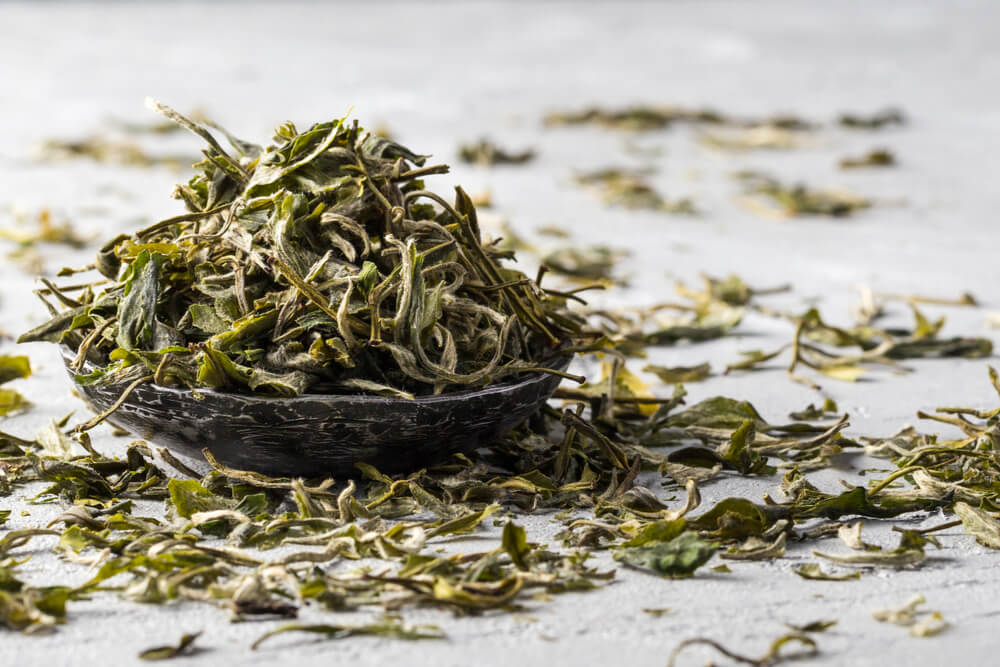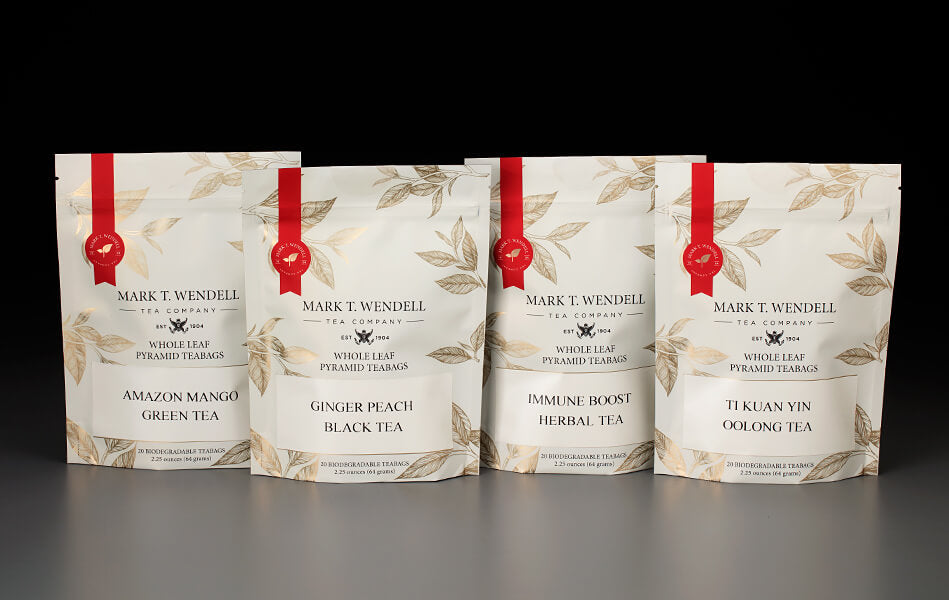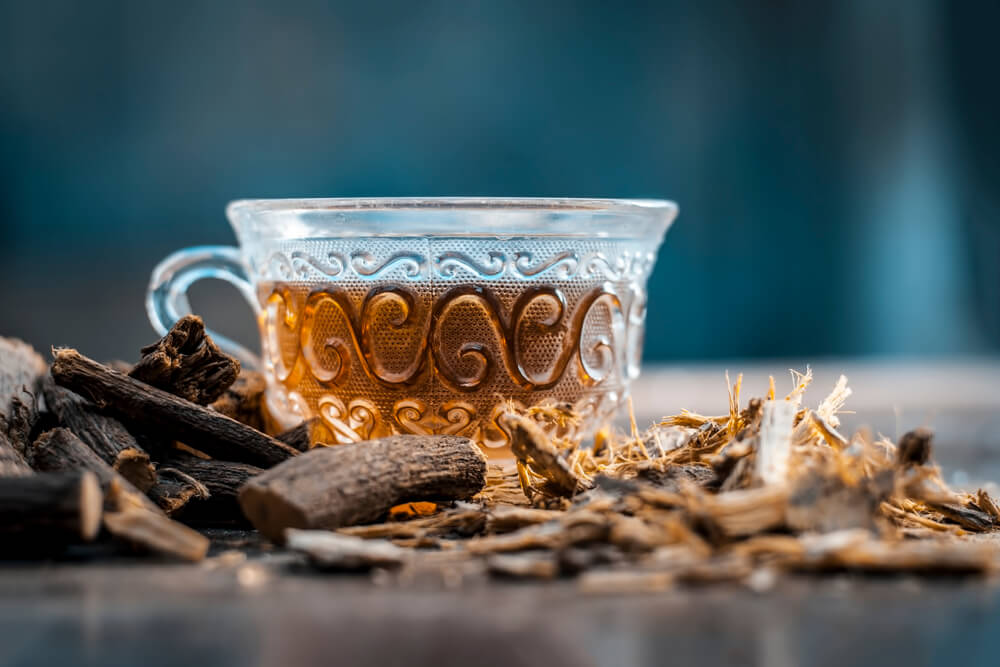Most avid tea drinkers know that there are several main tea categories that their favorite teas would fall under. Varying tealeaves are grouped into these categories, based on overall leaf oxidation levels and methods of manufacture. These tea categories consist of: black, green, white, oolong and pu-erh. These tea categories, or classes as they are oftentimes referred to, are highly represented in all tea merchants’ tea offerings. Unknown to many, there is actually one more category and it is one that is oftentimes overlooked due to its similarity to green tea. This final tea category is the rare yellow tea.
Yellow teas are unique to the high mountain regions of the Chinese provinces of Anhui, Hunan and Sichuan. Yellow tea’s specialized leaf manufacture is what helps give it its own classification. Here are some of the unique yellow tea properties and production methods that make it a tea in a class all by itself.
- Yellow tea is only manufactured during the early spring harvest; therefore, each pluck needs to be perfect to ensure a bountiful crop. The skillful tea pickers use the spring buds because they are the juiciest and most tender part of the tea bush.
- Yellow tea is manufactured by plucking, basket-firing or pan-firing, smothering and then finish-firing the leaf. It is the smothering step that is unique to this tea, allowing a special flavor to develop. During this step, the lightly steamed leaf is removed from the heat source and covered with a cloth, encouraging the leaf to reabsorb its own aromatics. This is known as "sealing yellow". This process introduces a sweetness and fragrance to the leaf.
- As with most hand crafted teas, this type of tea cannot be made by simply timing the process out. An experienced tea master creates this tea by constantly checking the tea’s smell, look and feel until it is just right. This type of experience is learned over decades of preparation. This craft is often passed down from generation to generation. Unfortunately, this type of tradition has been lost over the years, leading to lower product yield, essentially making this type of tea truly rare.
I am pleased to report that the addition of a Huo Shan Huang Ya or "Yellow Sprouting" tea to our offerings several years ago has been a big success!







